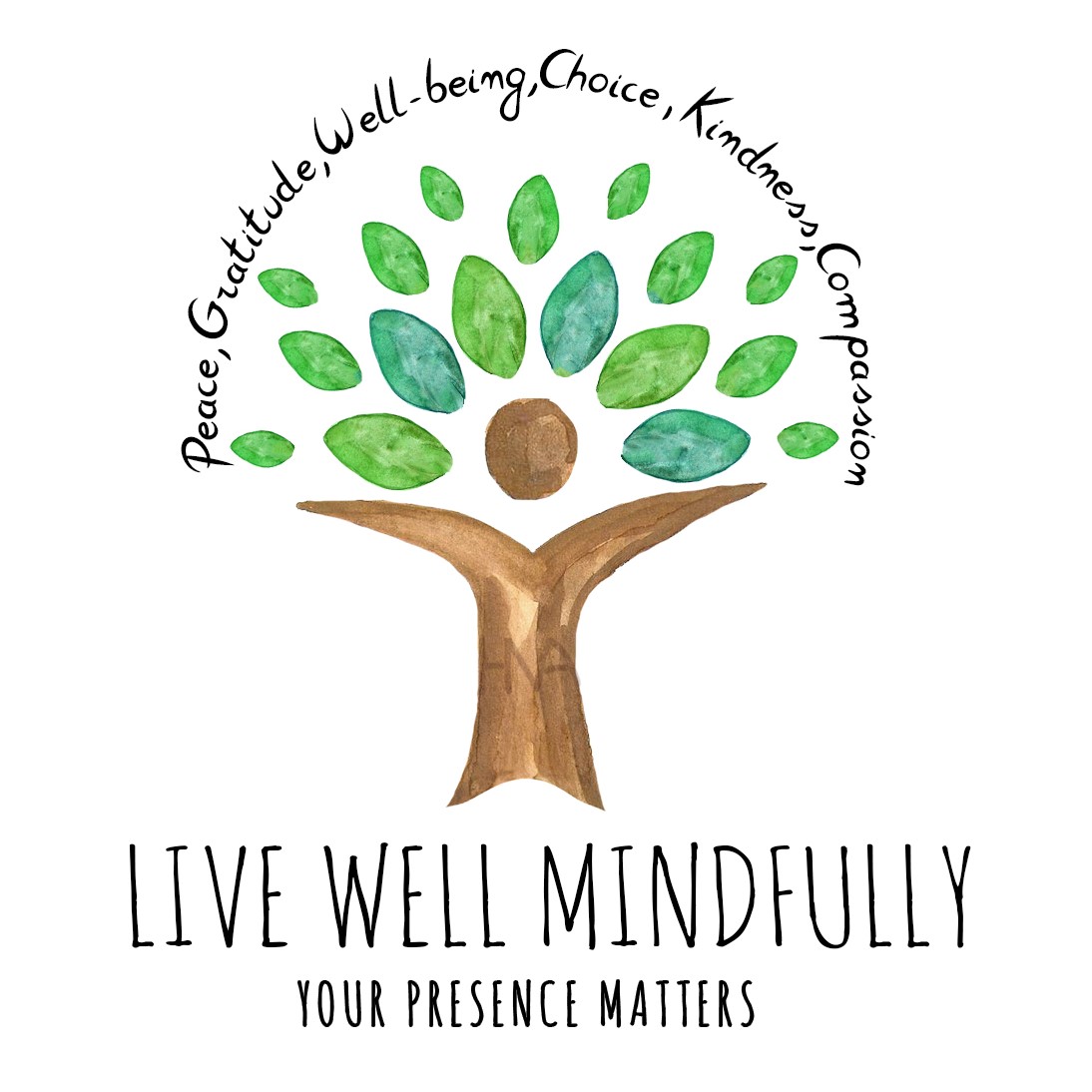We are all experiencing a wide range of emotions during this global COVID-19 pandemic and the resulting changes in our lives. It is important to pay attention to how we are feeling without judging ourselves and to take care of our emotional health. I will share a mindfulness practice for when we are experiencing difficult emotions such as anxiety.
When faced with a difficulty, our focus tends to be laser sharp on the problem. It can seem all-encompassing, affecting every area of our lives. Our focus becomes very narrow. When this happens, we are not as available to ourselves, to God, or to others. We should not judge ourselves when this happens. This is what our minds do, and it is useful for survival. With the pandemic, our day to day lives have changed in ways we did not expect and could not predict. There may be feelings of a loss of control. We may feel ill-equipped to face what is being asked of us. These challenges may be mixed with pleasant experiences, such as being able to slow down our pace of living, perhaps recognizing what really matters to us. It may seem like we are on an emotional roller coaster.
With mindfulness practices, we notice what we are experiencing and bring kindness and care to our experience. We learn to be with our emotions without being overwhelmed by them. We do not deny them, bury them, or push them away.
Picture a drop of dark ink in a small glass of water. Think of the clouding of the water. Then, picture the same drop of ink in a larger container of water. The larger container allows the ink to become more diluted and the water is not as cloudy. You can see through the water more clearly. Now, picture that same drop of ink in a lake or an ocean.
The practice I will share is described by the acronym “A.W.E.”. In this practice we are, in a sense, finding an ever increasing container of awareness in which to hold the difficult emotion we are experiencing. This better allows us to hold our experience with kindness and compassion. This practice helps us broaden our sphere of awareness around what we are encountering, allowing ourselves to take a step back and determine what may be needed, what may best serve us and others in the moment. I learned this mindfulness practice and have adapted it from a presentation by Jessica Morey, MA.
“A.W.E.” stands for “And What Else?” We look at what else is here beside the discomfort we are experiencing. In AWE, we engage each of our senses: our sight, our hearing, our sense of smell, our sense of taste, and our sense of touch.
Click on the link below to experience a guided practice of AWE.
In practicing AWE and expanding our field of awareness, we are better able to recognize the great AWE of the presence of God. We can remember that God is with us in whatever it is that we are experiencing.
May you be blessed, may you be encouraged, and may you be well.
Heather Alexander, MD
